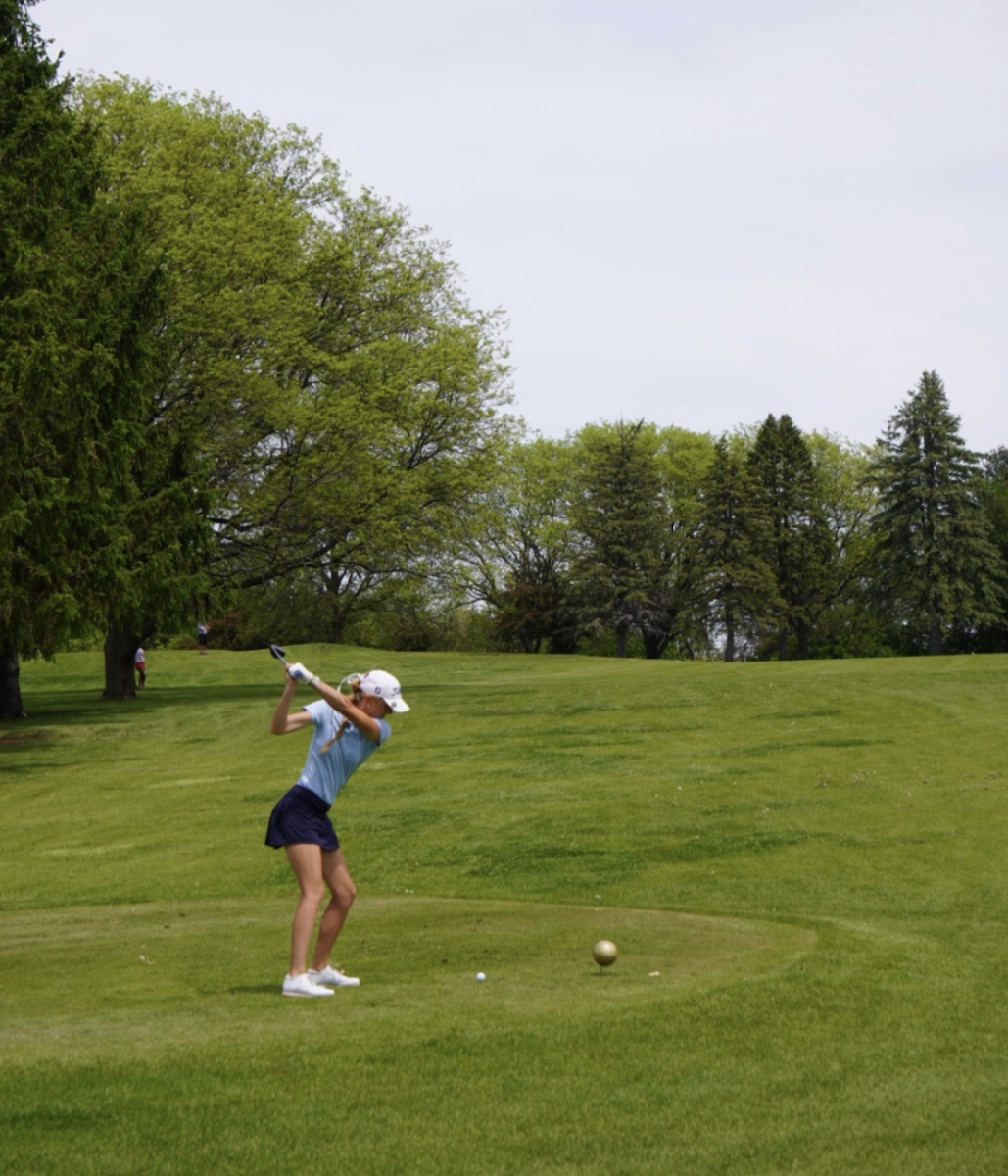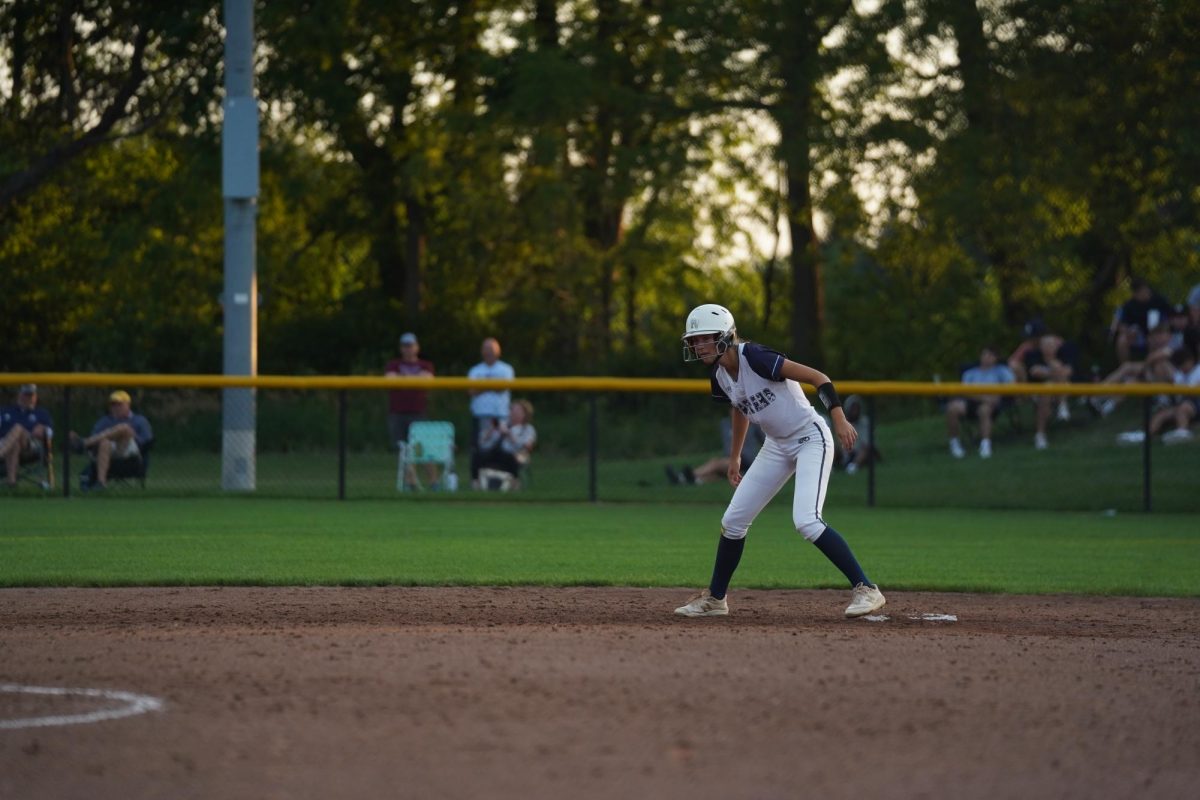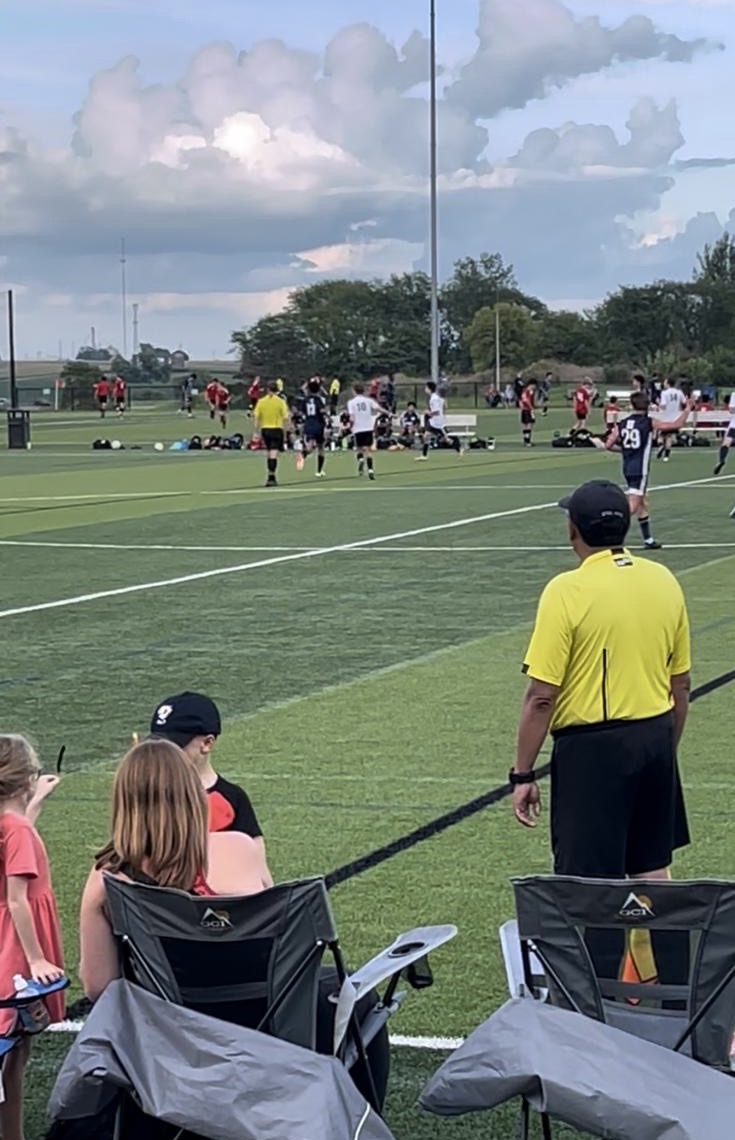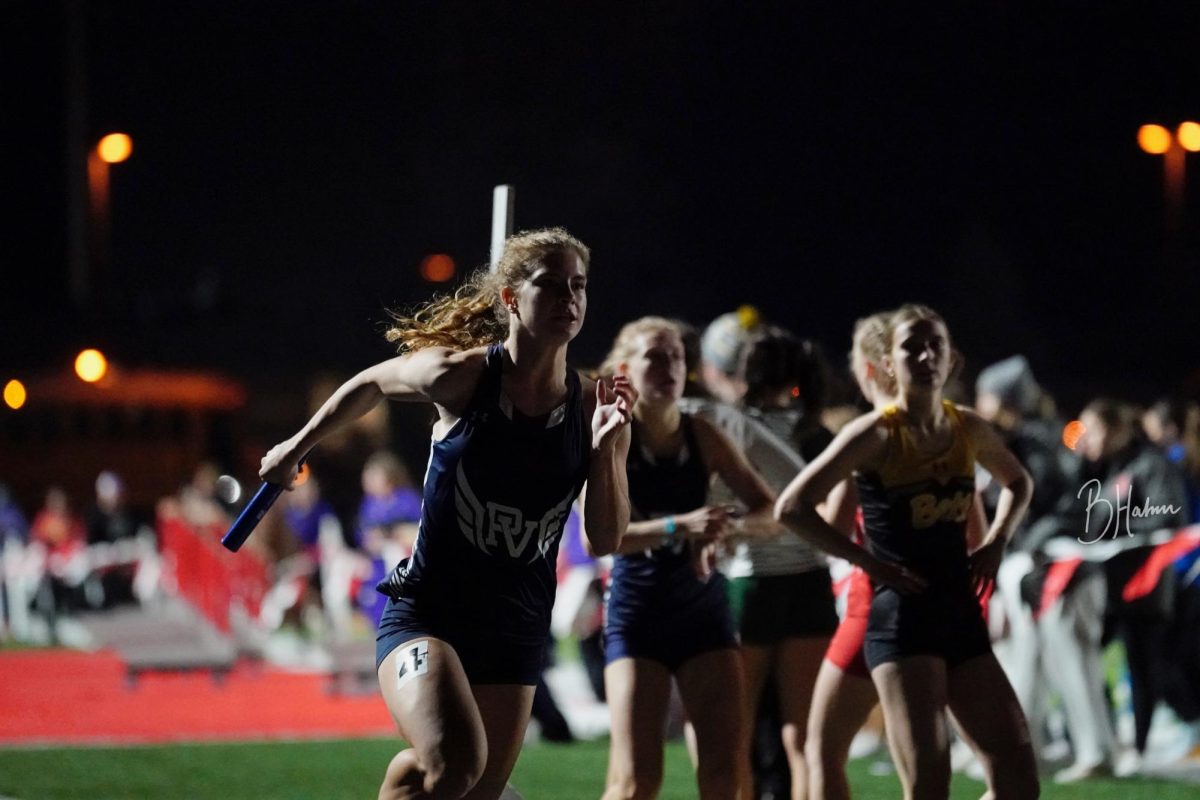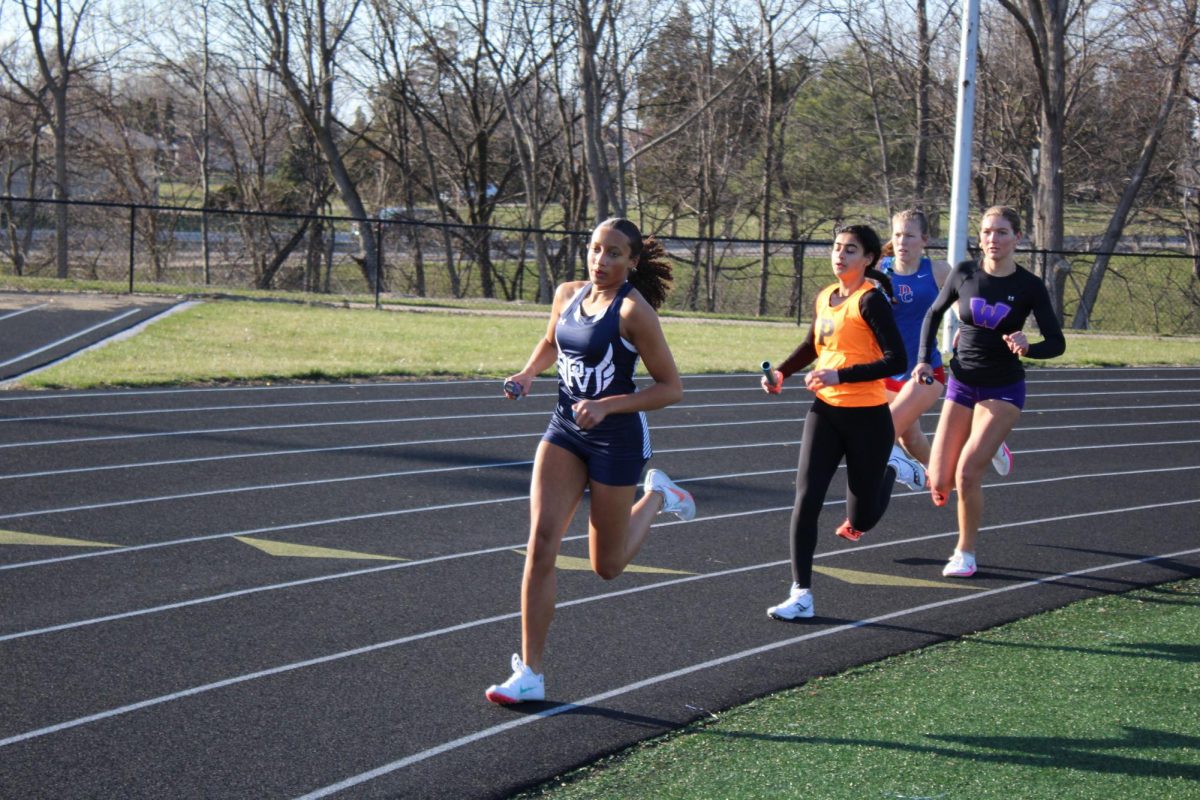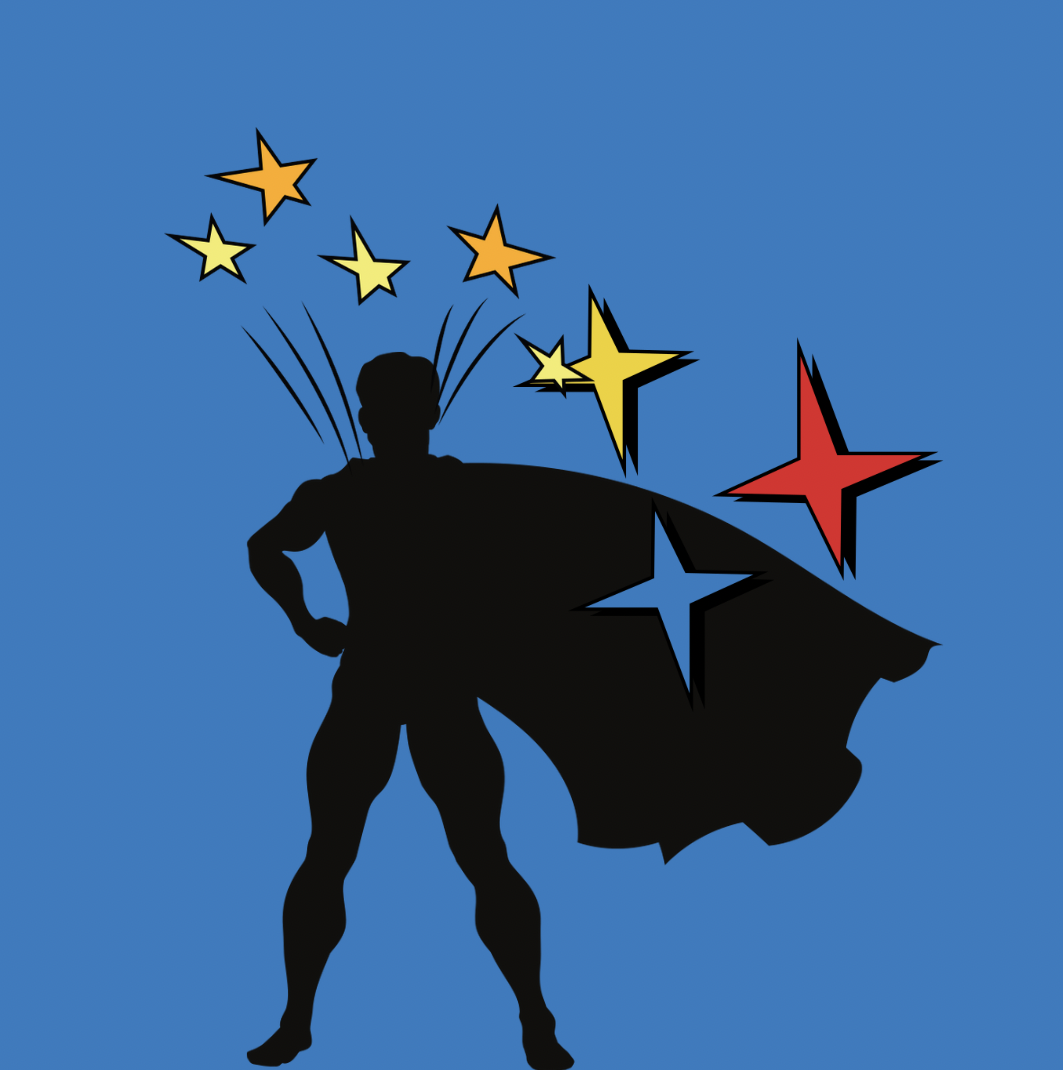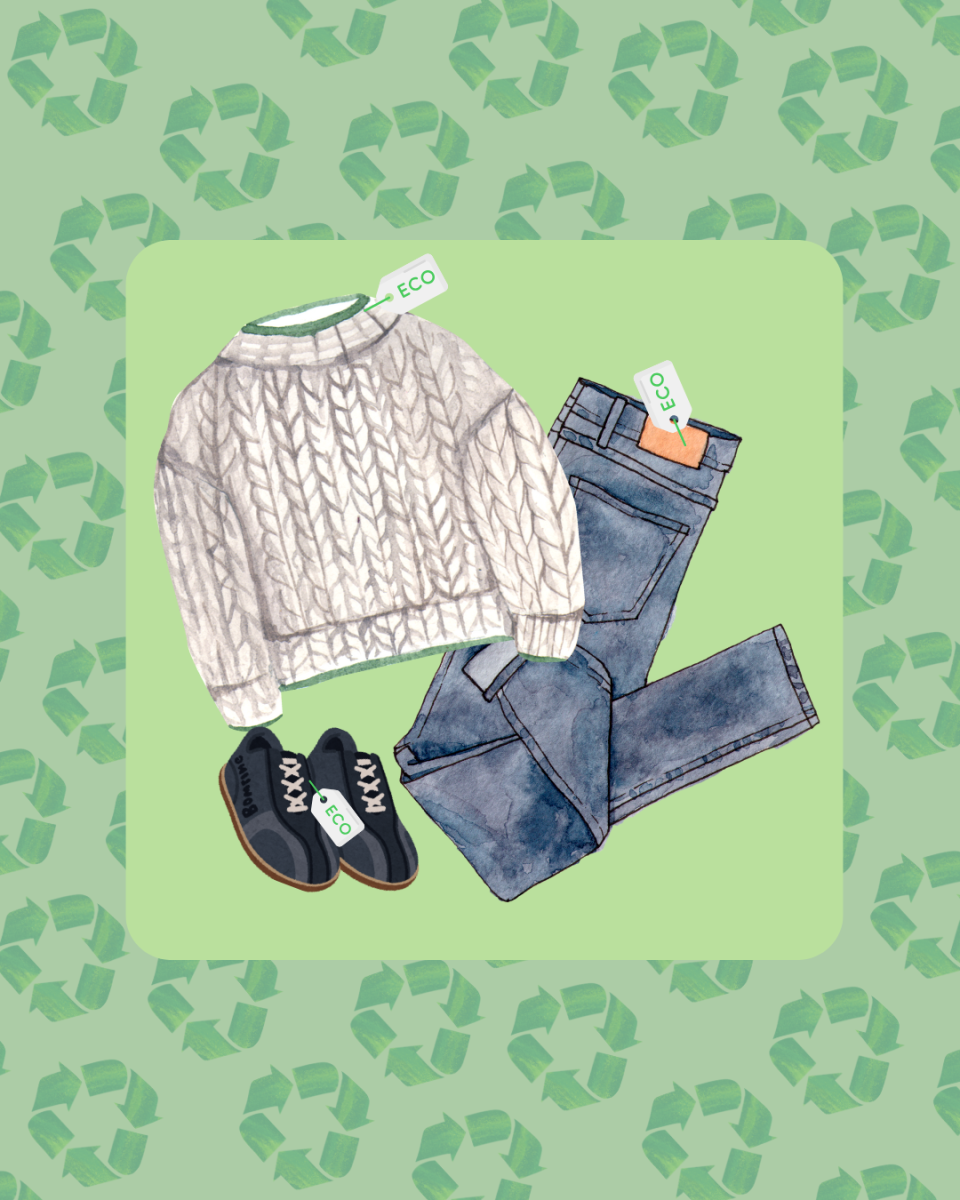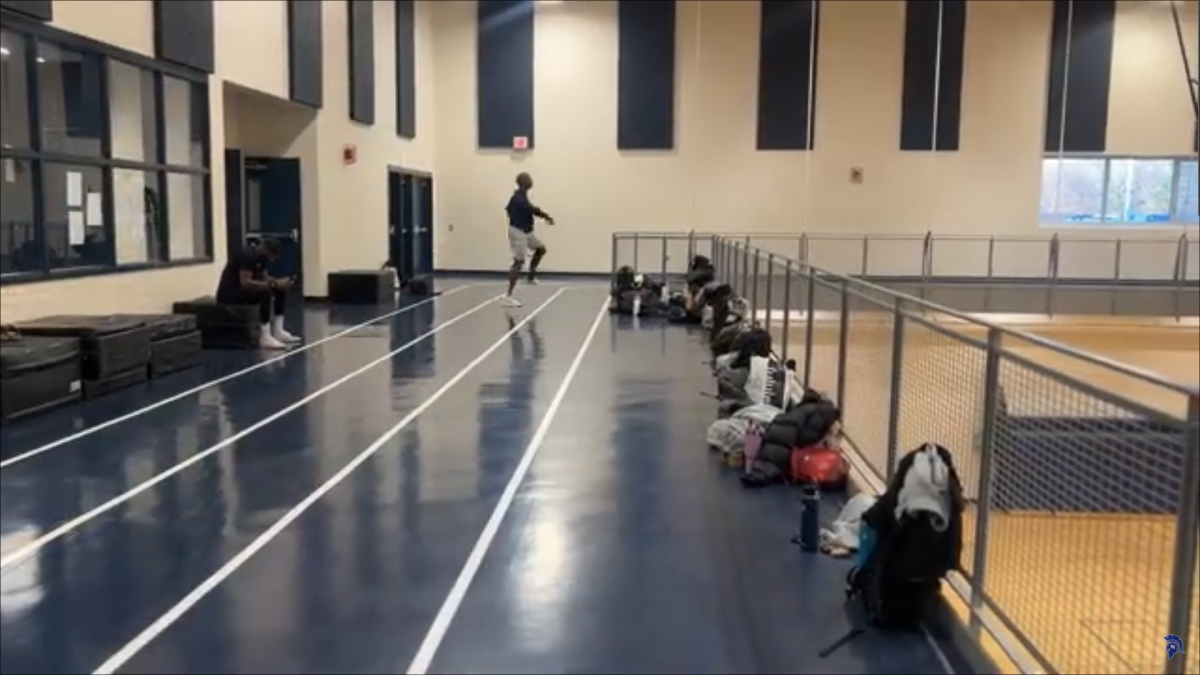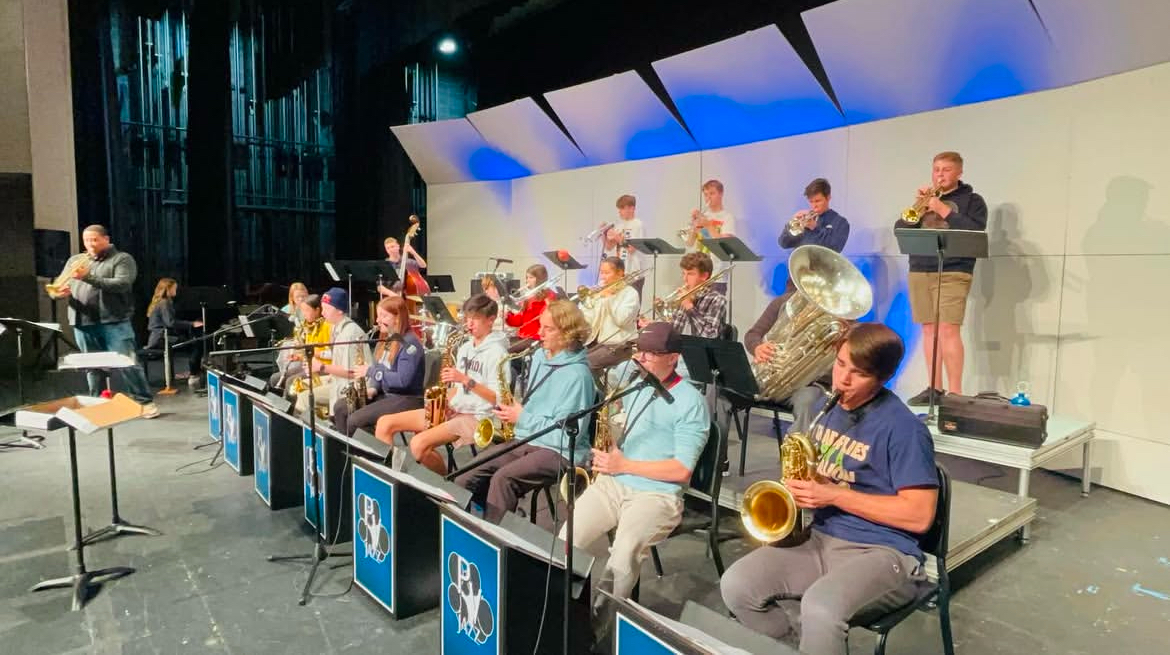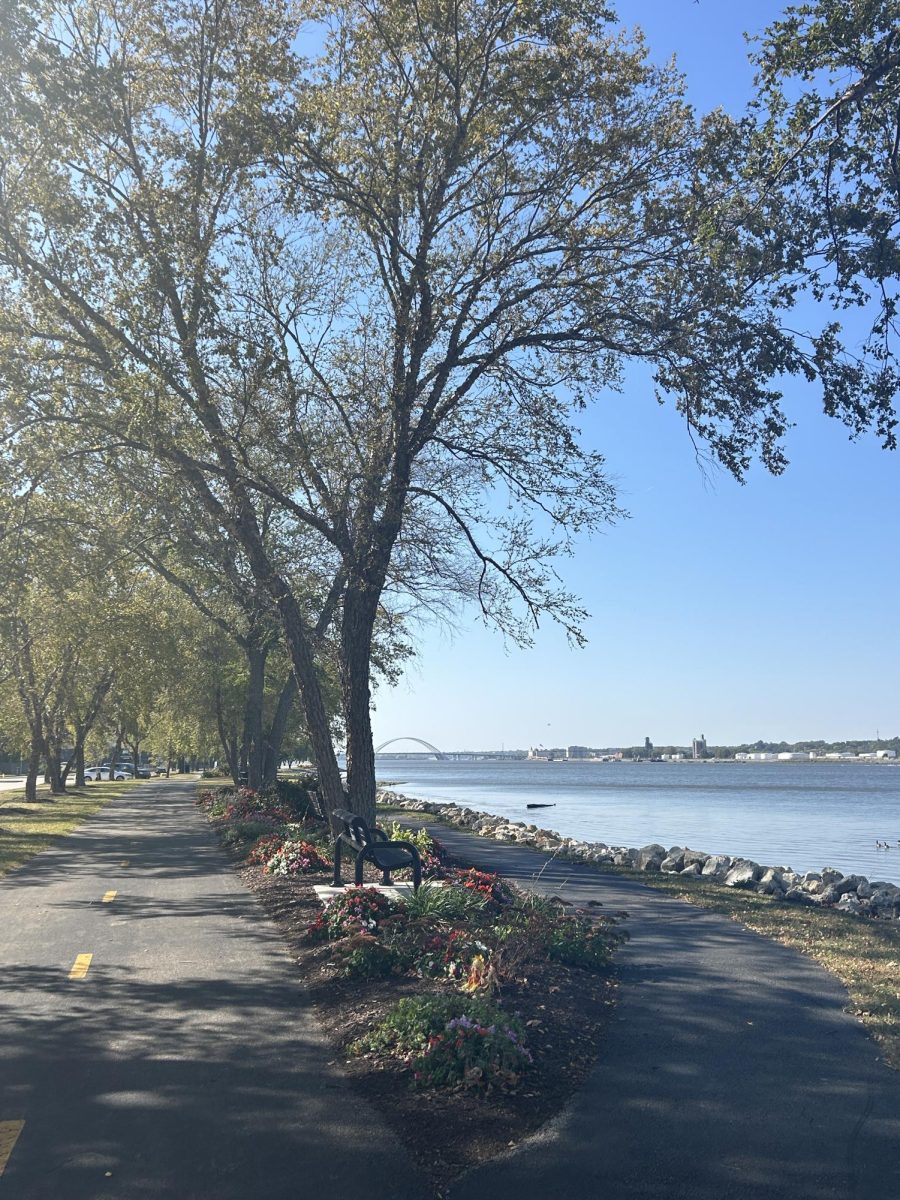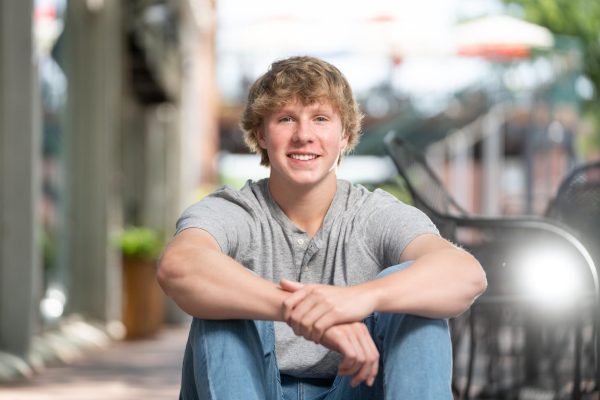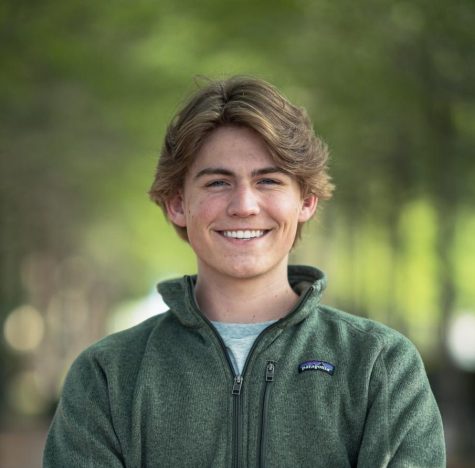From 2015 to 2019, around 5,228,791 high school sports injuries occurred across the United States. 20.9% of these injuries prevented athletes from returning before the end of their season, and in some cases, prevented them from ever playing their sport again. Additionally, 37% of the injuries happened during boy’s football.
High school sports injuries have the potential to change the outcome of a team’s season, and if severe enough, can throw away a high school athlete’s dreams of playing collegiately and/or professionally. Recently, two Pleasant Valley football players have been afflicted by the same injury: a torn labrum.
Senior David Gorsline has torn the labrum in his hip, while senior Tate Lyon has torn the labrum in his shoulder. The labrum is the cartilage inside of a bone socket that stabilizes the joint and keeps it in place. It can tear due to overuse or injury, which can result in pain, instability, and a loss of range of motion and/or strength. Treatment can vary from physical therapy to surgery.
Both athletes have decided to play through their injuries instead of getting treatment- the recovery time after treatment for their torn labrums would prevent both of them from playing football for the rest of their season. However, Gorsline will have surgery in March after he completes his football and basketball seasons. Although they can still play, Lyon and Gorsline still have concerns about their ability to play at a collegiate level.
Lyon, a predominantly defensive player, is now playing mostly offense because of his shoulder, showing worries about his college recruitment. “With this being my senior year, defense is where it becomes difficult with my shoulder. Now, recruiting is harder for me because the colleges I want are now looking for me to play defense when I’m not able to play it because of my injury. The colleges that are harder for me to get into are now more difficult because of my injury, forcing me to adjust to try to do better on offense,” said Lyon.
Additionally, Gorsline’s labrum tear has caused him to reconsider his aspirations of playing in college. “It’s kind of made me rethink if I want to play a college sport or not, especially because of how much pain I’ve been in during my seasons. It’s made me unable to play at the level that I know I can play at, and it’s kind of been holding me back and been frustrating. I’m not for sure set on playing a college sport now, especially with that surgery being scheduled at the beginning of March,” said Gorsline.
Gorsline and Lyon’s injuries highlight the importance of injury prevention. The likelihood of injury is decreased when an athlete reduces the stress put on their body, showing the importance of following advice from athletic trainers.
Jason Viel, the Pleasant Valley athletic trainer, has gained lots of expertise from dealing with countless injuries. “The biggest thing would be making sure you’re taking care of your body. Eating nutritiously, even when injured, plays a huge factor in the body’s healing process. Rest is another thing that does help with the body. When we’re at rest, the body heals itself. Strength training as well helps with overall body movement and strength. And not necessarily getting strong and huge as we used to think about it back in the eighties and nineties. It’s more on making sure that the movements that we’re doing are proper and explosive enough,” said Viel.
These prevention techniques cause a significant reduction in injuries and leave positive impacts on the lives of athletes as well as their teams. Still, injuries such as a torn labrum can cast a shadow over an athlete’s dreams of playing at a collegiate level. As David Gorsline and Tate Lyon navigate their senior year with these painful setbacks, their stories shed light on the challenges they face in pursuing their aspirations as well as the importance of injury prevention.



